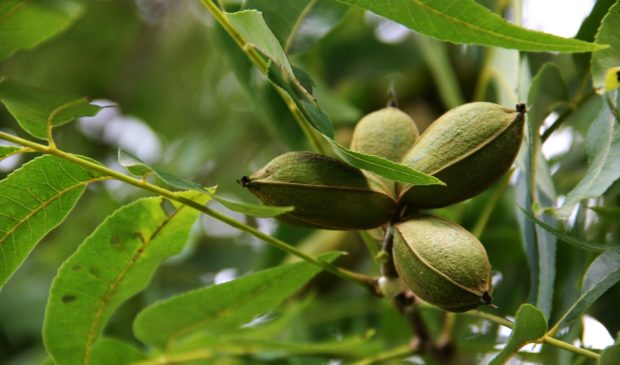Youth outreach program is cut after city doubled funding
Friday, August 30, 2019 by
Jessi Devenyns When the city funds grants, should it do so based on achievable objectives or program intent? That question was at the crux of a debate at the July 24 meeting of the Environmental Commission’s Urban Forestry Committee.
Last budget cycle, before the city’s Community Tree Preservation Division even had a chance to review all the applications from nonprofits seeking Urban Forest Grants for 2019, urban forester Emily King knew that Austin Environmental Heroes would be awarded funding for the second year in a row.
She told the Urban Forestry Committee that she had been instructed to fund the program “at increased rates.”
Austin Environmental Heroes, a partnership between TreeFolks and Austin Youth River Watch, is a student summer program aimed at teaching environmental stewardship through tree care. City Council awarded the program a $50,000 grant in 2018, and $70,000 in 2019.
Despite this increase in funding, King told commissioners that in assessing the benchmarks for the 2018 program, “neither program met the objectives that were stated in their application.” Those failed objectives included attendance rates, a lack of quantifiable results for students’ learning and only reaching 242 of the 617 trees for care.
She confirmed that Council was aware of the program’s shortfalls and nevertheless directed staff to increase funding for the TreeFolks program this past summer. “It is my understanding that yes, this info has been relayed,” she said.
“Something is not right in Denmark here and it’s unfortunate,” said Commission Chair Linda Guerrero.
Tom Spencer, the executive director of TreeFolks, told the Austin Monitor that the program was “a very earnest attempt to try something new” and that “pilots are intended as opportunities to learn,” so it is expected that not everything will be ironed out in the first two years.
Commissioner Wendy Gordon pointed out that too much money went to program overhead rather than stipends for the participants. Fifty-seven percent of the grant was spent on program coordination, despite the original grant intending to give 52 percent of the funds to this category.
While 35 percent of the funding was intended for student stipends, only 26 percent was spent on stipends. Partially that had to do with attendance; students received stipends based on their attendance rates.
“I was disappointed with the actual attendance rates,” said King, who explained that even though there was a full 50-participant registration, the attendance rate was only 69 percent.
Only 46 percent of attendees said that the stipend made an impact on their decision to participate, according to a post-program assessment.
Spencer said, “I’ve heard it framed as ‘attendance is a failure … these numbers were abysmal.’ Well, no, they were not.”
He explained that the program serves children from underserved communities and many have summer jobs and other duties, so the program had “built-in flexibility in terms of attendance.”
Gordon noted that “presumably” if the attendance rate wasn’t perfect, the city would have been reimbursed the excess funds.
King said that TreeFolks did not reimburse any money.
Spencer explained that the stipends that were not used were absorbed into other programmatic funding. There was a difference of $4,500 between what the nonprofit expected to spend in stipends and what was actually spent.
As a tree-centric group, the program had students caring for a total of 242 trees at five urban park areas by watering them.
“How does that help someone’s future?” Guerrero asked rhetorically. “It’s like, where’s the educational component of that?”
According to a report by the city, the program also included environmental education in riparian restoration and water quality testing. The watering component of the program, however, lasted only six weeks, which the Parks Department has said wasn’t enough to give the trees any lasting advantages. The city report also noted that “a contractor may be cheaper and more efficient” than the program.
According to Spencer, the point of the program was not to provide year-round tree care: “It was life experience as well as an environmental learning opportunity.”
As for that goal, TreeFolks found that after six weeks, 62 percent of participants during the 2018 pilot year reported being interested in a career in natural sciences. “We are very pleased with that,” Spencer said.
Nevertheless, the Austin Environmental Heroes Program will not continue in 2020. Spencer said the pilot was a learning experience, but going forward the program will be looking to reach kids in their neighborhoods where they have a deep stake in their community.
The Austin Monitor’s work is made possible by donations from the community. Though our reporting covers donors from time to time, we are careful to keep business and editorial efforts separate while maintaining transparency. A complete list of donors is available here, and our code of ethics is explained here.
You're a community leader
And we’re honored you look to us for serious, in-depth news. You know a strong community needs local and dedicated watchdog reporting. We’re here for you and that won’t change. Now will you take the powerful next step and support our nonprofit news organization?










